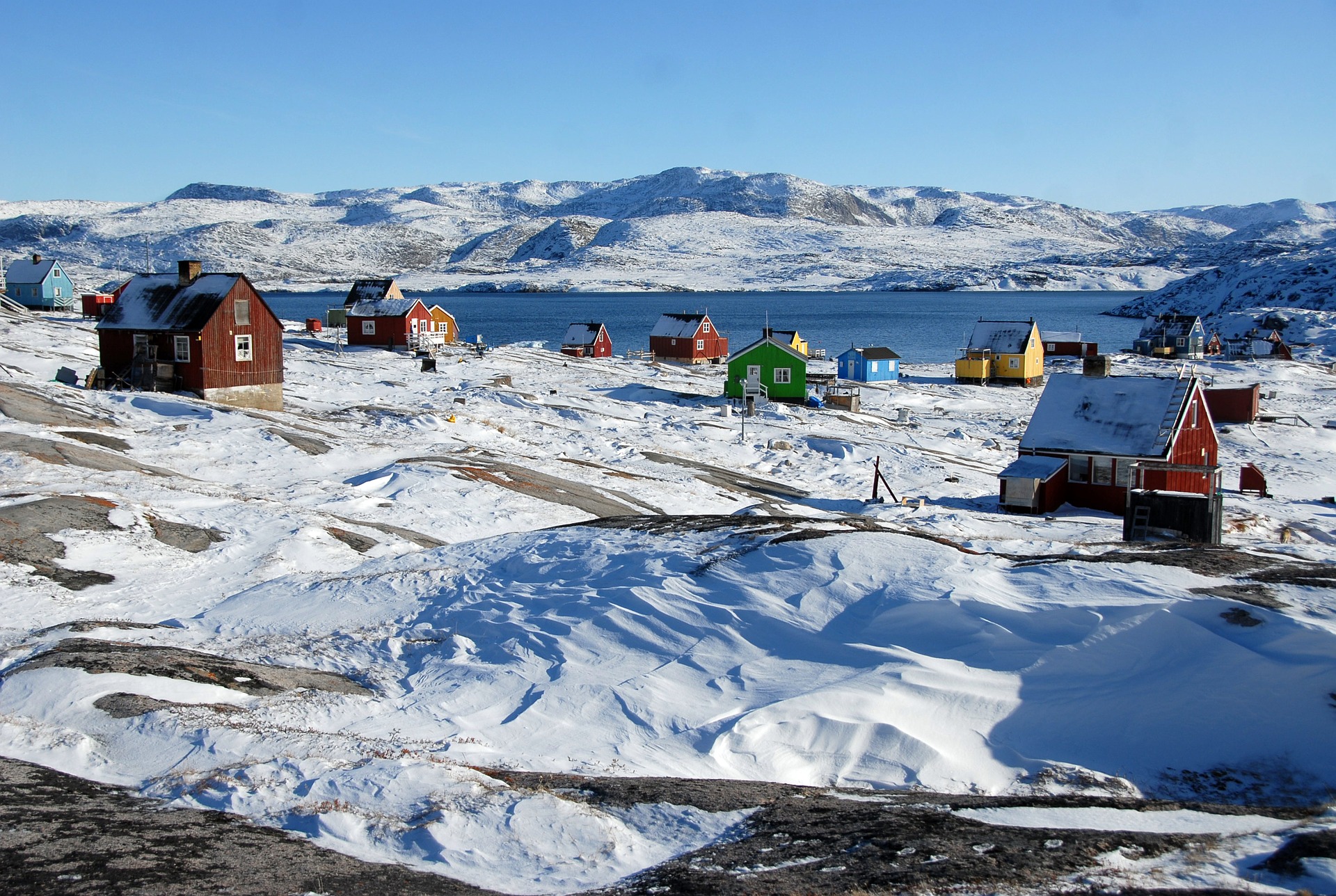With all the headlines of a Catalan independence referendum lately, it is easy to forget that another European nation may be a whole lot closer to independence. Greenland is on the right track for complete independence, so much so that it has become a prime candidate for the position of “next country to become independent”. Following developments over the last few decades, some expect a full Greenlandic independence as early as 2021.
Greenland’s history is not unlike that of many African and American colonies of the European powers. The island was declared a part of the Danish colonial empire in 1721, despite the fact that native Greenlanders had continuously inhabited the island for around 500 years prior. Denmark maintained a trade monopoly over Greenland until the German invasion of Denmark in World War Two, which left Greenland without a ruling power. The US decided to put Greenland under their protection in part to prevent a German invasion, and in part to prevent it from falling to the Canadians or British. After the war, Greenland was returned to Denmark but the US maintained military presence and also a keen interest in the island – thanks to its strategically important location in the emerging Cold War. In 1946, the United States offered to buy the island from Denmark, however Kopenhagen refused.
In the constitution of 1953, Greenland was officially incorporated into Denmark as a “country”, and the citizens of Greenland received Danish citizenship. The central government’s aim was the process of “de-Greenlandification” – better described as cultural assimilation. The use of only Danish was heavily promoted and all official matters were to be taken care of in Danish, and citizens were required to go to Denmark if they seeked post-secondary education. This process transformed Greenland’s population from being hunters to becoming a largely urbanized, wage-earning society.
A movement for independence from Denmark soon formed, reaching its peak in the 70s and further helped by the political complications of Denmark joining the European market in 1972. This led to the Greenland Home Rule Referendum of 1979, in which 70.1% of the population voted for greater independence from Kopenhagen.
The Greenland Home Rule Act allowed Greenland to create its own legislature as well as take care of some domestic policies. However, all foreign affairs, security matters and natural resources remained under the control over the central government in Denmark, and the Danish Queen remained the head of state.
Six years later, in 1985, Greenland decided to leave the European Economic Community due to disagreement about fishing policies and the EEC’s ban on products made of seal skin. To this day, unlike Denmark, Greenland is not a part of the European Union.
Another referendum – the “Greenlandic self-government referendum” – took place in 2008, and three quarters (75.53%) of votes cast were in favor of further autonomy from Denmark, at a turnout of 72%. One year later, Greenland gained self-rule. This gave the nation the largest amount of freedom yet, allowing them to take care of judicial affairs, policing and natural resources themselves. Further, and arguably even more importantly, Greenlanders were recognized as separate people under international law, and Greenlandic was declared the sole language of the country. Denmark only maintained control over the foreign affairs and defense matters of Greenland.
Self-rule was widely seen as a very significant step in the direction of complete Greenlandic independence. However there are still some questions that have to be solved before this can ultimately take place.
For one, the Greenlandic economy is fragile, to say the least. 88% (366,000,000 €) of the country’s exports are seafood, making the country vulnerable both to international price fluctuations and to the risk of overfishing and other environmental impacts.
Another significant factor is that Greenland receives an annual block grant of around 470,000,000 € from the central government in Kopenhagen. This has certainly helped Greenland in the past, but has also hindered it from developing a self-sustaining economy. As of now, it looks like this block grant will be eventually phased out as Greenlandic independence nears.
What may help the economy is the fact that Greenland has a wealth of different natural resources. However the government will have to find a way of dealing with the environmental consequences of potentially mining these resources.
Independence may come as soon as 2021. At 2,166,086 km² but a population of only 56,483, Greenland would be the most sparsely populated country in the world. It would have a GDP of roughly 1.8 billion USD, resulting in around 37,000 $ per capita, making Greenland a high-income country.
The prospect of an independent Greenland is more reachable than ever before, and may be achieved within the next ten years. Though there are still a few difficulties to overcome, it is considered almost certain that Greenland will eventually become fully independent. With the Faroe Islands having their own independence movement and potentially sooner or later following Greenland’s example, this puts an end to the era of the Danish colonial Empire.


